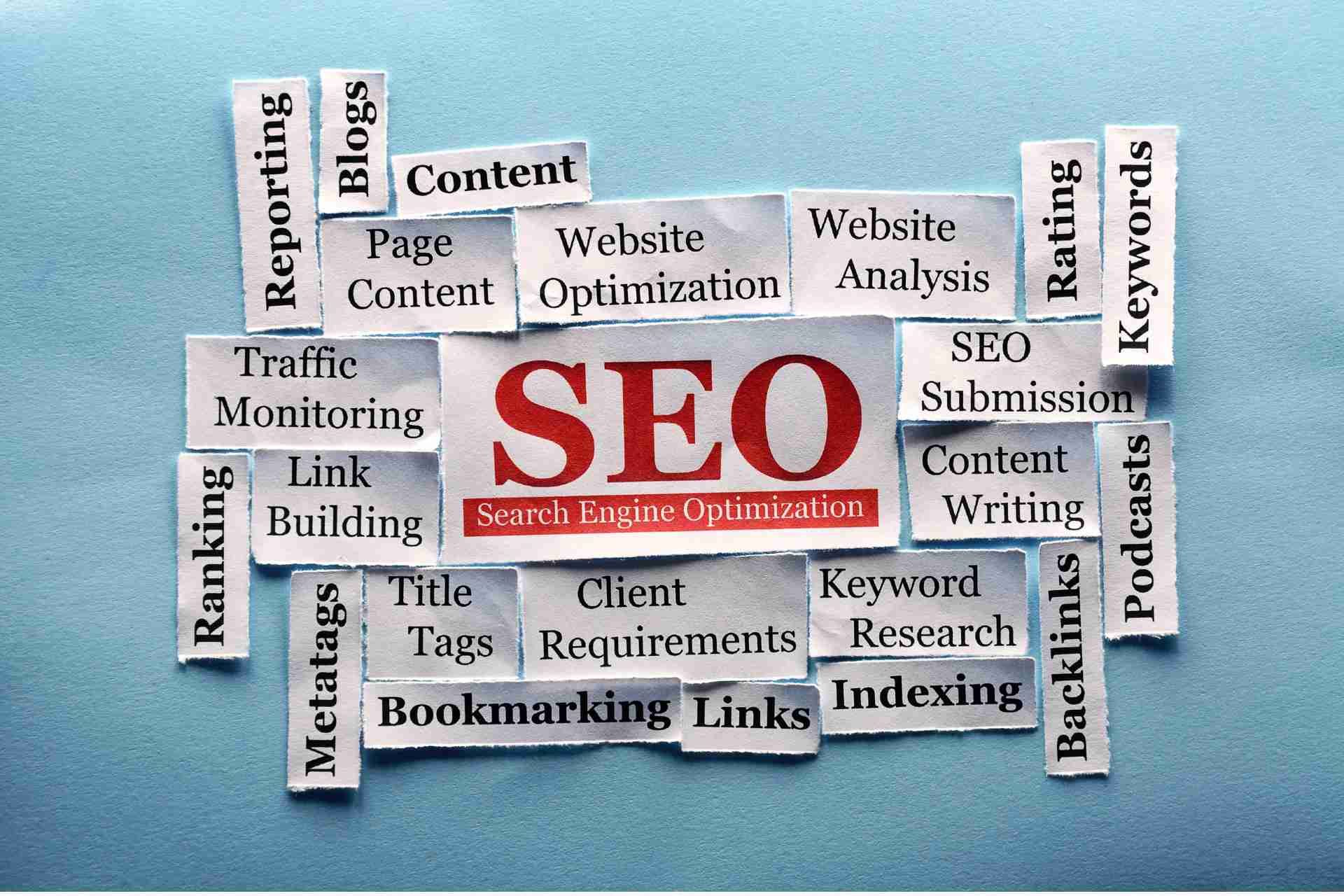How to Do an Effective On-Page SEO Audit

When it comes to improving your website's visibility, conducting an effective on-page SEO audit is crucial. You'll want to focus on elements like title tags, meta descriptions, and content quality. Each aspect plays a significant role in how search engines perceive your site. But what specific steps should you take to ensure your audit is thorough? Let's explore the essential components that can lead to better optimization.
Understanding On-Page SEO
When you dive into the world of digital marketing, understanding On-Page SEO is crucial for optimizing your website's performance.
On-Page SEO involves all the strategies you implement directly on your website to enhance its visibility in search engines. This includes optimizing title tags, meta descriptions, headers, and content to ensure they're relevant and keyword-rich.
You'll also want to focus on improving your site's loading speed, mobile-friendliness, and user experience.
Don't forget about internal linking; it helps search engines understand your site structure and keeps users engaged.
Importance of an On-Page SEO Audit
An On-Page SEO audit is vital for determining how well your website is optimized for search engines and users alike. This process helps you identify strengths and weaknesses in your content, structure, and overall user experience.
By pinpointing areas that need improvement, you can enhance your site's visibility in search results and attract more organic traffic.
Additionally, an effective audit allows you to ensure your content aligns with user intent, making it easier for visitors to find what they need.
You'll also discover opportunities for optimizing keywords, improving load times, and enhancing mobile responsiveness.
Ultimately, conducting regular audits keeps your site competitive, relevant, and user-friendly—essential elements in today's digital landscape.
Tools for Conducting an On-Page SEO Audit
While many tools are available for conducting an On-Page SEO audit, choosing the right ones can significantly impact your analysis and results.
Start with tools like Google Search Console, which offers insights into your site's performance and indexing issues. SEMrush and Ahrefs are excellent for in-depth keyword analysis and competitor research.
Use Screaming Frog to crawl your site, helping you identify broken links, duplicate content, and missing tags. For optimizing content, consider tools like Yoast SEO or Surfer SEO, which guide you in aligning your content with SEO best practices.
Lastly, PageSpeed Insights can help assess your site's loading speed, a critical factor for user experience and SEO.
Pick the tools that fit your needs for a thorough audit.
Analyzing Title Tags and Meta Descriptions
Title tags and meta descriptions play a crucial role in how your pages appear in search engine results, as they directly influence click-through rates. Start by ensuring your title tags are concise, ideally between 50-60 characters, and include relevant keywords. Each page should have a unique title that accurately reflects its content.
Next, analyze your meta descriptions. They should be around 150-160 characters, compelling, and informative, summarizing your page's content while encouraging users to click. Avoid duplicating meta descriptions across multiple pages; uniqueness helps with ranking and user engagement.
Lastly, pay attention to branding in your title tags and meta descriptions. Including your brand name can enhance recognition and trust. Regularly review and update these elements for optimal performance.
Evaluating Content Quality and Keyword Usage
Evaluating content quality and keyword usage is essential for effective SEO. Start by assessing whether your content provides value to your audience. Is it informative, engaging, and well-structured?
Check for originality and ensure it answers common questions in your niche.
Next, analyze your keyword usage. Make sure you're using relevant keywords naturally throughout the content, including in headings, subheadings, and the first 100 words.
Avoid keyword stuffing; instead, focus on synonyms and related terms to enhance context.
Don't forget to optimize your content for readability. Use short paragraphs, bullet points, and visuals to make it digestible.
Finally, keep your target audience in mind—content that resonates with them will improve engagement and boost your SEO performance.
Assessing URL Structure and Internal Linking
After ensuring your content is high-quality and optimized for keywords, it's time to look at your URL structure and internal linking. Your URL should be concise, descriptive, and include relevant keywords. Avoid long strings of random characters; instead, aim for a structure that both users and search engines can easily understand.
Next, assess your internal linking. Each page should link to others where it makes sense, helping users navigate and discover related content. This not only enhances user experience but also spreads link equity throughout your site.
Ensure your anchor text is relevant and descriptive, guiding users effectively. Regularly check for broken links to maintain a seamless experience, as this can impact both usability and SEO performance.
Checking for Mobile-Friendliness and Page Speed
In today's digital landscape, ensuring your website is mobile-friendly and optimized for speed is crucial for retaining visitors and improving search rankings.
Start by testing your site with Google's Mobile-Friendly Test tool to identify any issues. If your site isn't responsive, consider implementing a mobile-first design to enhance usability.
Next, check your page load speed using tools like Google PageSpeed Insights or GTmetrix. Aim for a loading time of under three seconds. If your site is slow, optimize images, minimize scripts, and leverage browser caching.
Prioritize these elements, as a faster, mobile-optimized site not only improves user experience but also positively impacts your SEO efforts.
Regularly monitoring mobile-friendliness and speed will keep your site competitive.
Monitoring and Reviewing Audit Results
Once you've optimized your site for mobile-friendliness and speed, it's time to keep an eye on your audit results. Regularly monitor key performance indicators like organic traffic, bounce rates, and keyword rankings.
Use tools like Google Analytics and Search Console to track these metrics effectively. Set a schedule for reviewing your audit results—monthly or quarterly works well. During each review, identify trends, successes, and areas needing improvement.
If certain pages aren't performing as expected, dig deeper to understand why. Don't forget to update your SEO strategies based on your findings.
Continuous monitoring and adjustments will ensure your site stays competitive and aligned with search engine algorithms. Remember, SEO is an ongoing process, not a one-time task.
Conclusion
In conclusion, conducting an effective on-page SEO audit is essential for boosting your website's performance. By analyzing title tags, meta descriptions, and content quality, you can ensure your site is optimized for search engines and users alike. Don't forget to check your URL structure and internal links, along with mobile-friendliness and page speed. Regularly monitoring your results will help you stay ahead of the competition and make necessary adjustments for ongoing success.






